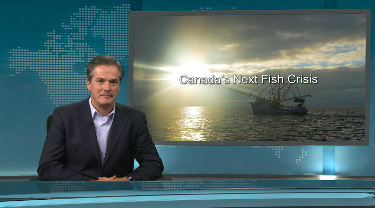Not so fast. Our industry is actually going through a significant transformation that’s one of Canada’s most exciting export stories. Global demand is being revolutionized by the rise of the emerging market middle class – and its increasing need for protein. Wealthier emerging market consumers are eating more, including meat and seafood. According to the UN Food and Agriculture Organization, this growth isn’t going away anytime soon, and it is increasing emerging economies’ net dependence on the world’s key food suppliers.
This story isn’t future wishful thinking; Canada’s fishing industry is in the thick of the story. Here, China is the big driver. It has recently sped past Japan to grab second place for exports of Canadian fish products. That’s normally hard to do, but not for China – its appetite for Canadian products is rising by 13 per cent annually. At this scorching pace, China is on track to become our top client in just over 12 years.
China doesn’t have a lock on fast growth, though. Over the same timeframe, exports to Vietnam are up 40 per cent annually, vaulting its rank from 24th to 5th place. South Korea is also a hot market, rivalling China’s annual growth. Indonesia is an up-and-comer too; it currently accounts for just 1 per cent of Canadian fish exports, but is rising steadily at a 44 per cent annual pace. Give China and these other hot-growing markets just 10 years and collectively they will surpass our sales to the US market.





